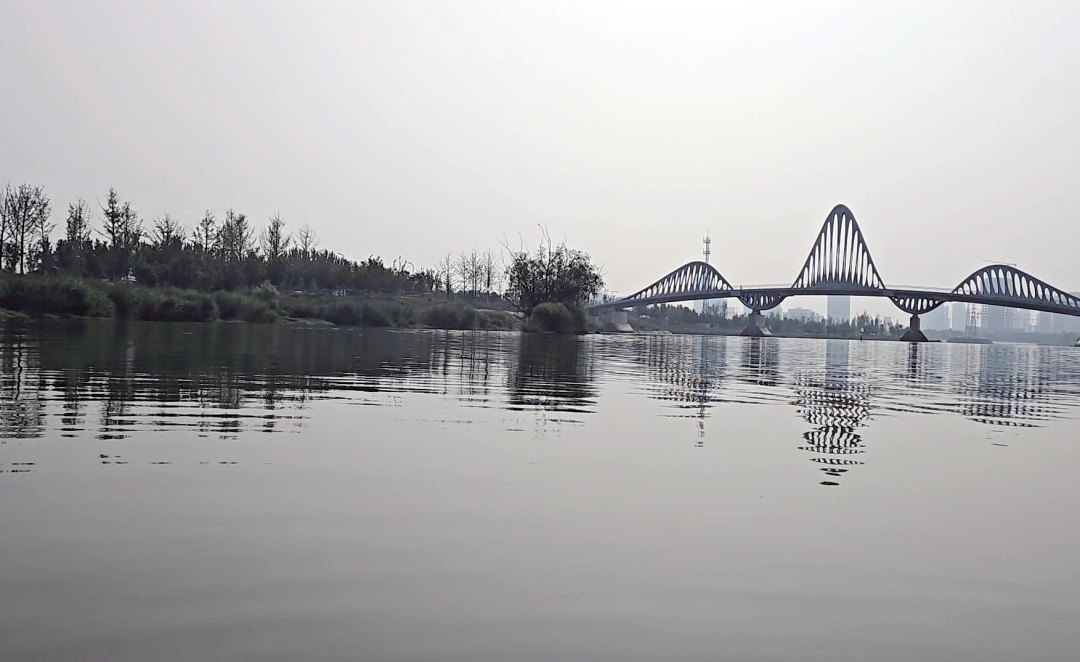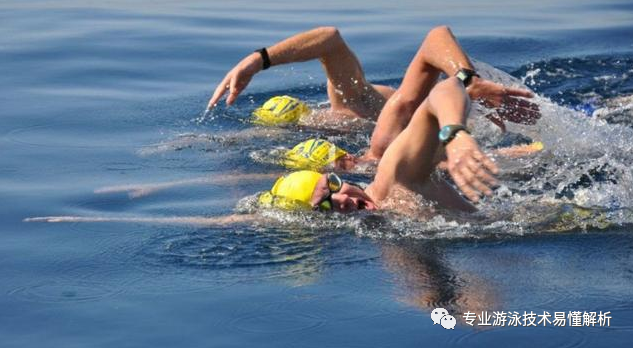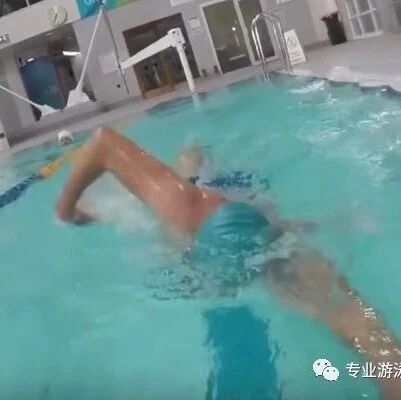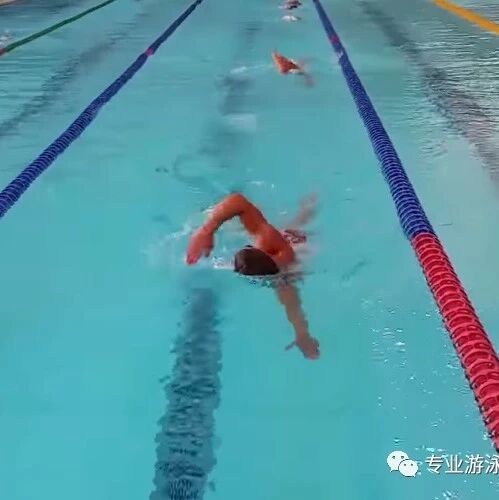Essential gear and must-know swimming techniques for transitioning from deep water to outdoor swimming

From the deep end to outdoor swimming
Essential gear and must-know swimming strokes
Compared to sports popular among young people like running, skiing, mountain climbing, and badminton, swimming has two natural advantages: it’s the only sport that can be enjoyed from childhood through old age—and it generally carries a low risk of injury.
Exercise is all about strengthening the body, but beyond physical fitness, the sheer joy that comes from moving—whether it’s transitioning from a pool to the vast, ever-changing waters of nature, or venturing from the deep end of a pool into rivers, lakes, and oceans—is equally important. Just as mountain enthusiasts truly appreciate the majestic beauty of mountains, so too do those who explore the serene grandeur of rivers, lakes, and seas.
Swimming in a pool is vastly different from outdoor swimming—wandering carefree in the deep end of a pool doesn’t necessarily translate to relaxed, effortless movement outdoors. This article outlines the essential gear you’ll need for open-water swimming, as well as the must-know swimming techniques, designed specifically for swimmers preparing to take on open-water environments.

The first thing to do after entering the water for an outdoor swim is to ease your body into the water and gradually acclimate to the temperature—don’t rush into swimming right away. This helps prevent leg and foot cramps caused by the temperature difference between the warmer surface water and the cooler deeper layers, especially after being exposed to the sun.
Outdoor swimming gear
Safety comes first when swimming outdoors—there are no designated lanes, no poolside areas, and certainly no lifeguards. In fact, you might not even have fellow swimmers around; all you’ll have is a vast expanse of water—perhaps dotted with boats on the surface, fish gliding beneath, and aquatic plants gently swaying at the bottom.
Follow-the-leader
A swim fin is essential gear for outdoor swimming. When swimming outdoors, you might encounter situations like leg cramps, exhaustion, or even unexpected encounters with boats, fish, underwater vegetation—and most importantly, unpredictable water conditions.
To handle these situations, you need a buddy—often referred to as a "swim buddy." First, this swim buddy provides reliable and sufficient buoyancy, helping the swimmer stay afloat in unexpected emergencies. Second, it makes the swimmer more visible to others, ensuring that rescuers or nearby vessels can spot them quickly. The buddy’s bright colors, flashing lights, and larger-than-average size are all designed with this purpose in mind—especially to help boats and rescue teams spot the swimmer from afar at first glance.
As for the mini backpacks, while they can hold a few items of clothing and even accommodate a phone tripod for selfies, these features aren’t essential or basic functionalities.
Note when using a kickboard: Kickboards are intended only for swimmers who are already comfortable with kicking. If you can’t kick effectively—or if your kicking technique is still developing—the kickboard may not be helpful at all.
When swimming outdoors for the first time, start by learning the proper technique for using a "buddy system":
• Don’t let the follower’s rope get too far from your body— it can easily get tangled around your legs and feet. • Don’t inflate the pufferfish too much—once exposed to the sun, it’ll expand even further. If you overfill it, making the pufferfish puff up into a perfect sphere, it’ll actually become harder to grab. • The "shadow follower" is actually a handrail—not meant for hugging or leaning your body onto it; just gently hold on, and you’ll avoid any accidental rollovers.
Also, the strap tied around your waist shouldn’t be too loose—after getting into the water, first test whether it might easily come off.
Sunscreen swim goggles, swimwear
When swimming outdoors, you're exposed to strong UV rays, so it's crucial to apply sunscreen properly. Don't let the immediate pleasure of swimming lead to days of painful sunburn—instead, try to swim either early in the morning or just as the sun is about to set.
Paddleboard
It’s best to have a companion—someone who can paddle the SUP while handling photography and logistics. Just pack some snacks and drinks onto the board, so you can take breaks on the water between swims.
Essential Swimming Strokes for Outdoor Use
Upside-down breaststroke
In open-water swimming, there are no lane markers, so drifting off course is common—making it essential to master the (upright breaststroke). While swimming outdoors, frequently check your surroundings to ensure you’re staying on track. Plus, if you accidentally swallow water but prefer not to rely on a safety tether, you can use the upright breaststroke to catch your breath and regain composure—resuming your swim once your throat feels better.
One-handed head-up frog kick and reverse breaststroke
When swimming outdoors, you're bound to encounter situations where someone needs rescuing. Generally speaking, there are two key prerequisites for safely assisting: first, the person being rescued must have access to an extra life ring or other flotation device; and second, you must swim around to the back of the victim to ensure their arms aren’t tightly gripping you—otherwise, it could become dangerous for both of you.
This weekend, while we were enjoying the mountains and water, a kid with a strong Sichuan accent accidentally slipped off a slippery rock into the pool. Beneath the surface lay a steep drop-off, with water nearly 2 meters deep. As I was treading water, I managed to grab the child—still crying—in one hand, lifting my head slightly to steady him before passing him over to his mom. But the elderly woman standing nearby hesitated to approach, probably too shaken by the scene. Realizing things weren’t looking good, I quickly placed the little one onto my selfie float board. Unfortunately, the smooth surface of the board made it impossible to hold him steady—so he started wailing again. Luckily, I managed to grab his inflatable swimming ring just in time, gently easing him inside. Only then did we finally get him safely out of the water.
If the person being rescued is an adult, the standard rescue method typically involves using both hands to gently pull while performing a reverse breaststroke. Of course, this approach works only if the adult’s limbs are no longer thrashing wildly at the rescuer. When people are fighting for their lives, their strength can be surprisingly powerful—rescuers should keep this in mind to prevent accidents from occurring.
Floating on your back
The most comfortable and effortless way to rest while swimming outdoors is by floating on your back—whether you rest your head on your arms or gently stroke the water with your arms underwater. Practicing this technique during outdoor swims not only helps you relax but also equips you with a vital self-rescue skill for staying safe in the water.
When first venturing into open-water outdoor swimming, building mental resilience is the most crucial step. While you might easily swim 1,000 meters continuously in a pool, you could struggle to cover even 200 meters outdoors. The best way to overcome psychological tension and panic is to swim regularly—especially in familiar waters—and consider pairing up with experienced swimmers who are comfortable in open water. Once you’ve conquered those mental barriers, you’ll be free to enjoy your swim with confidence and ease.
This article applies only to calm, open-water environments and is not suitable for waterways with underwater currents, dams, muddy whirlpools, or areas experiencing strong winds and high waves.

Related Articles

When learning to swim on your own, keep these 3 key points in mind to ensure you gain something new every time you hit the water.
